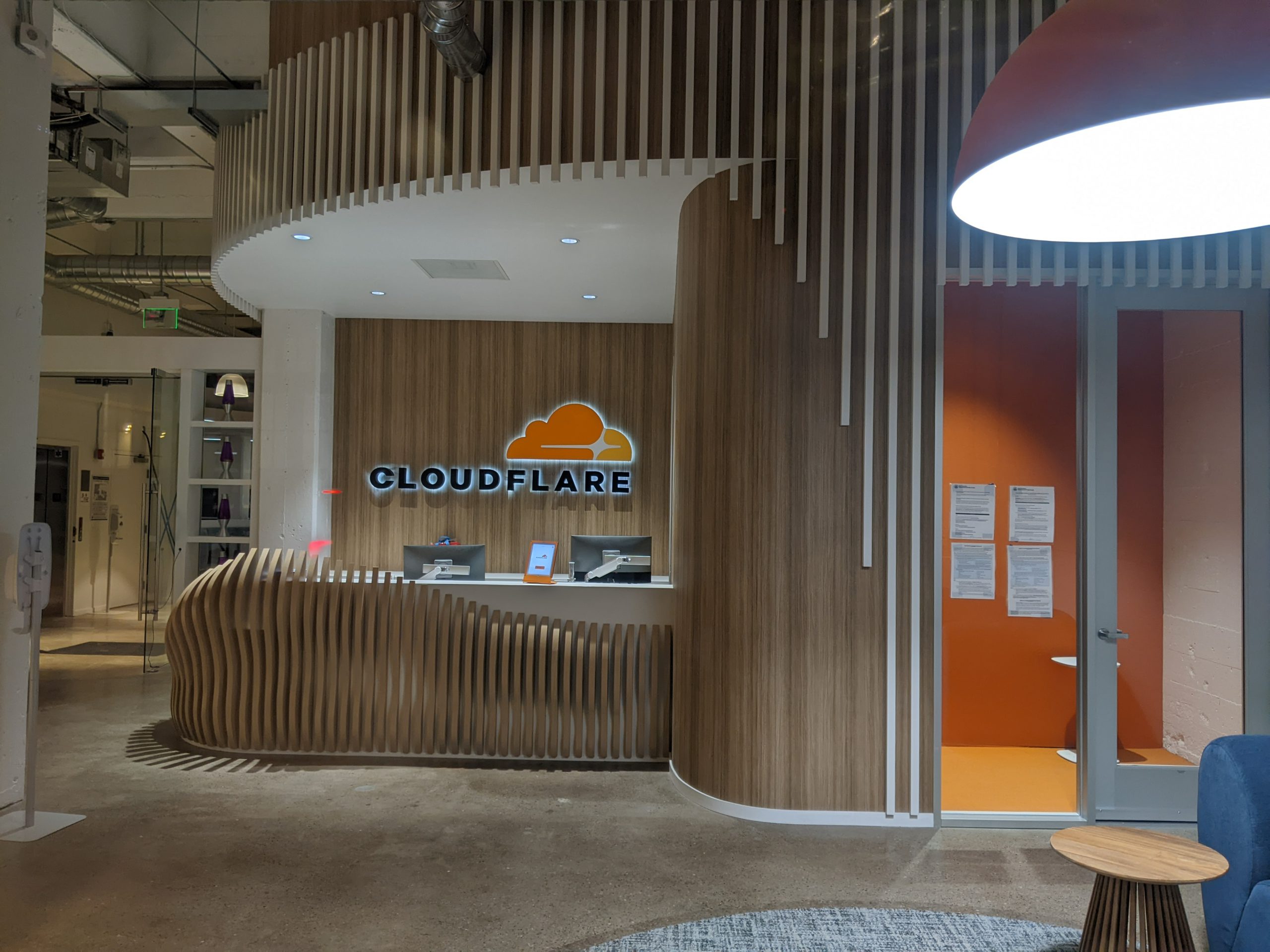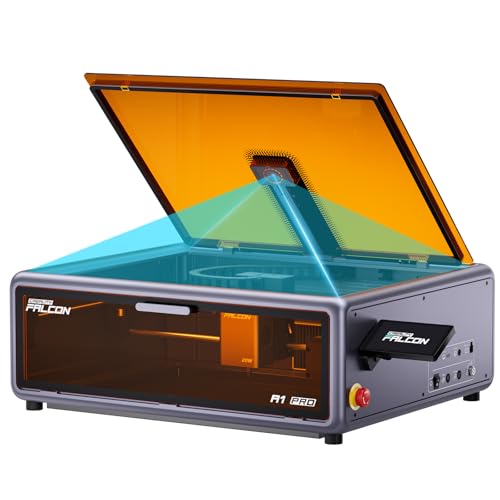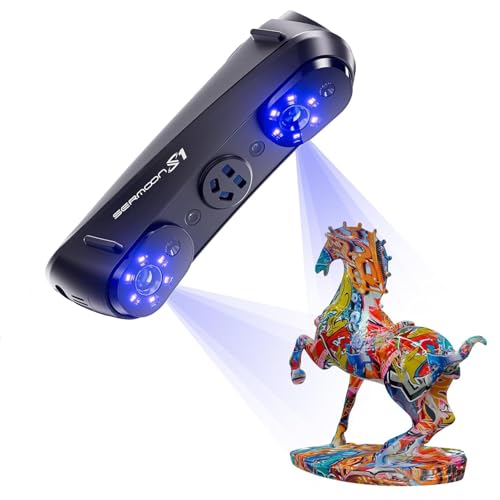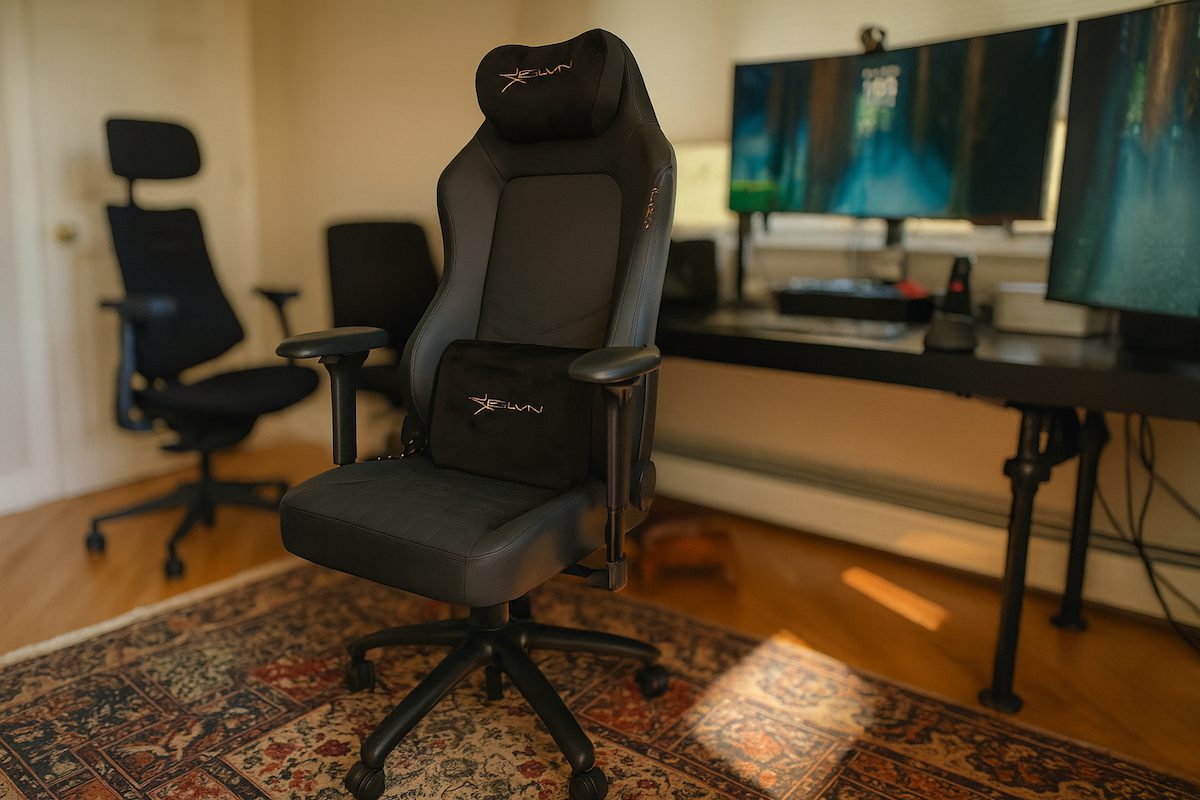The world of flying cars and personal aircraft is no longer science fiction. London-based startup AltoVolo is making waves in the emerging electric vertical takeoff and landing (eVTOL) industry with their Sigma aircraft. This hybrid-electric personal aircraft promises to combine helicopter-like versatility with impressive range and speed, all while dramatically reducing noise pollution.
AltoVolo’s Sigma is aiming to be one of those extraordinary flying machines you have to see to believe. Though it currently lives only in 3D renderings, the company claims to have completed prototype testing and is now preparing a full-scale demonstrator. With a public waitlist expected to open in July, Sigma is staking its place in the increasingly crowded eVTOL space with promises that soar well above the competition.
Unprecedented Range and Speed
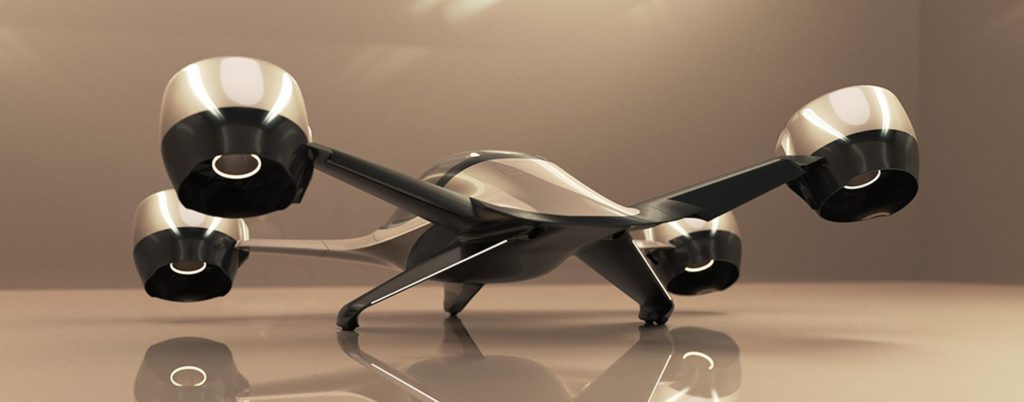
The AltoVolo Sigma aims to deliver extraordinary performance with a planned range of 510 miles and cruise speeds reaching 220 mph. These specifications put it ahead of competitors like Archer’s Midnight air taxi which tops out at 150 mph with a 100-mile range, and nearly matches Joby’s hydrogen fuel cell demonstrator that achieved a 523-mile flight and 200 mph maximum speed.
With these capabilities, the Sigma could transform regional travel, allowing trips that would typically take hours by car to be completed in a fraction of the time. The impressive range means fewer stops and greater flexibility for users who need to cover significant distances without the constraints of commercial air travel schedules.
Whisper-Quiet Operation

One of the Sigma’s most remarkable features is its claimed 80% noise reduction compared to traditional helicopters. This dramatic decrease could revolutionize where personal aircraft can operate, potentially opening up residential areas and noise-sensitive locations that have traditionally banned helicopter traffic.
The quieter operation addresses one of the biggest complaints about rotorcraft – their disruptive noise pollution. By solving this problem, AltoVolo positions the Sigma as an ideal replacement for private helicopters in urban environments, allowing wealthy individuals to travel directly from rooftops to destinations without creating neighborhood disturbances or facing noise restriction limitations.
Compact and Lightweight Design

Despite its powerful capabilities, the Sigma maintains a surprisingly small footprint at just 15.7 feet wide – approximately the same width as a standard double garage door. This compact design makes it practical for urban environments where space comes at a premium and allows for more flexible landing options than larger aircraft.
The aircraft’s weight is equally impressive at just 2,160 pounds including three passengers, comparable to the Gordon Murray T.50 hypercar. This lightweight engineering contributes to the Sigma’s efficiency and performance claims, requiring less power for takeoff and cruising while maximizing the effectiveness of its hybrid powertrain system.
Hybrid-Electric Powertrain

The secret behind the Sigma’s exceptional range lies in its innovative hybrid approach combining electric and conventional fuel systems. AltoVolo has developed a “patent-pending tilting electric jet design” that leverages batteries for the power-intensive vertical takeoff and landing phases, then switches to liquid fuel for efficient cruising flight.
This 1,608-horsepower powertrain is designed with redundancy in mind, capable of continuing flight even if one jet fails. The hybrid system offers the best of both worlds: the clean, instant power of electric motors when needed most, and the superior energy density of traditional fuels for extended range that pure electric aircraft simply cannot match with current battery technology.
From Concept to Reality

While AltoVolo’s claims are impressive, the company still has significant hurdles to overcome in bringing the Sigma to market. Currently, they’ve only revealed 3D renders of the aircraft, though they state they’ve completed prototype testing and are preparing to build a full-scale demonstrator with a waitlist opening in July for early orders.
The aviation industry is notoriously difficult for newcomers, with stringent safety regulations and certification requirements that can take years to navigate. AltoVolo says its design has been validated by experienced aerospace engineers and includes autonomous flight technology from control systems firm Embention, but the true test will be moving from renders to certified, flying aircraft that can deliver on the company’s ambitious performance promises.












